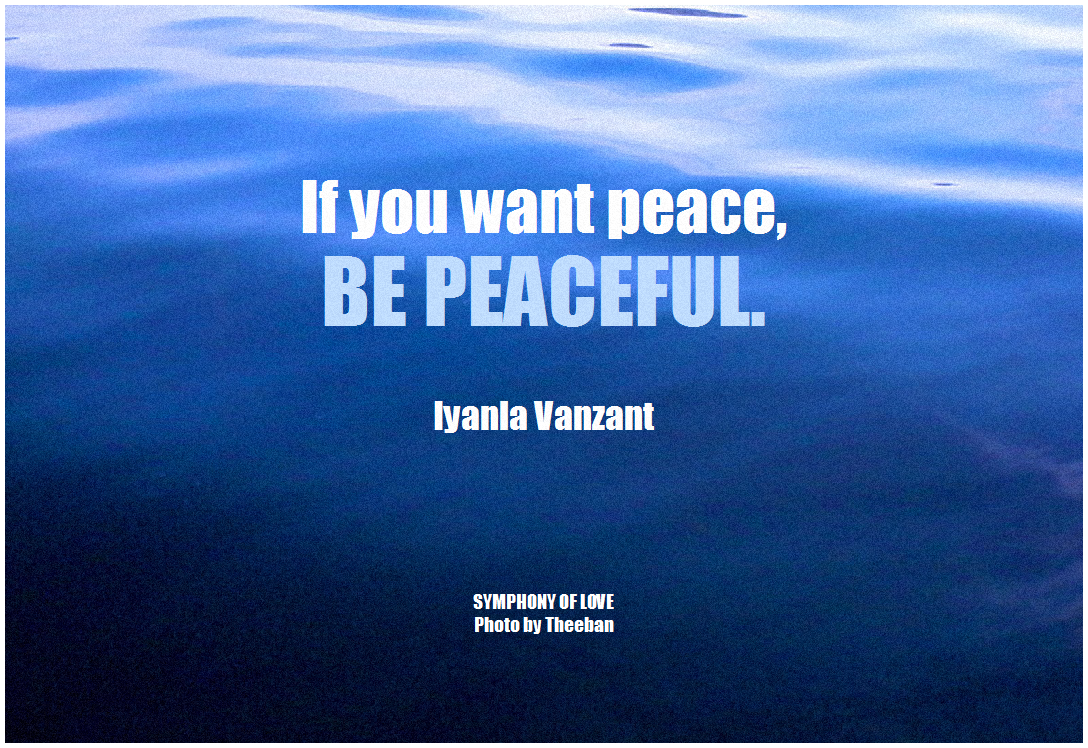
The Center For World Peace
It should be noted at the outset that there are two distinct ways to understand peace-building. According to the United Nations (UN)
document An Agenda for World Peace, peacebuilding consists of a wide range of activities associated with capacity building,
reconciliation, and societal transformation. Peacebuilding is a long-term process that occurs after violent conflict has slowed down or
come to a halt. Thus, it is the phase of the peace process that takes place after peacemaking and peacekeeping.
Many non-governmental organizations (NGOs), on the other hand, understand peacebuilding as an umbrella concept that encompasses
not only long-term transformative efforts but also peacemaking and peacekeeping. In this view, peacebuilding includes early warning and
response efforts, violence prevention, advocacy work, civilian and military peacekeeping, military intervention, humanitarian assistance,
ceasefire agreements, and the establishment of peace zones.
It is generally agreed that the central task of peacebuilding is to create positive world peace, a “stable social equilibrium in which the
surfacing of new disputes does not escalate into violence and war. Sustainable world peace is characterized by the absence of physical
and structural violence, the elimination of discrimination, and self-sustainability. Moving towards this sort of environment goes beyond
problem-solving or conflict management. Peacebuilding initiatives try to fix the core problems that underlie the conflict and change the
patterns of interaction of the involved parties. They aim to move a given population from a condition of extreme vulnerability and
dependency to one of self-sufficiency and well-being.
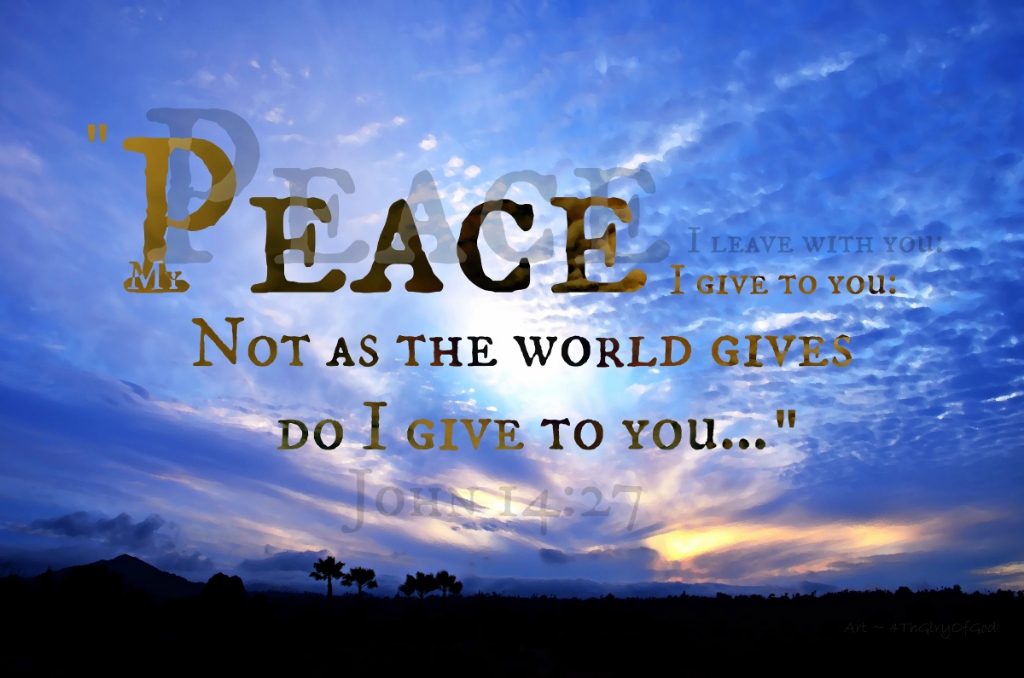
The Center For World Peace
James 3:18 Peacemakers who sow in peace reap a harvest of righteousness.
The structural dimension of peacebuilding focuses on the social conditions that foster violent conflict. Many note that stable world peace
must be built on social, economic, and political foundations that serve the needs of the populace. In many cases, crises arise out of
systemic roots. These root causes are typically complex but include skewed land distribution, environmental degradation, and unequal
political representation. If these social problems are not addressed, there can be no lasting peace.
Thus, in order to establish a durable peace, parties must analyze the structural causes of the conflict and initiate social structural
change. The promotion of substantive and procedural justice through structural means typically involves institution building and the
strengthening of civil society.
One of the essential requirements for the transformation of conflicts is effective communication and negotiation at both the elite and
grassroots levels. Through both high and community-level dialogues, parties can increase their awareness of their own role in the conflict
and develop a more accurate perception of both their own and the other group’s identity. As each group shares its unique history,
traditions, and culture, the parties may come to understand each other better. International exchange programs and problem-solving
workshops are two techniques that can help to change perceptions, build trust, open communication, and increase empathy.
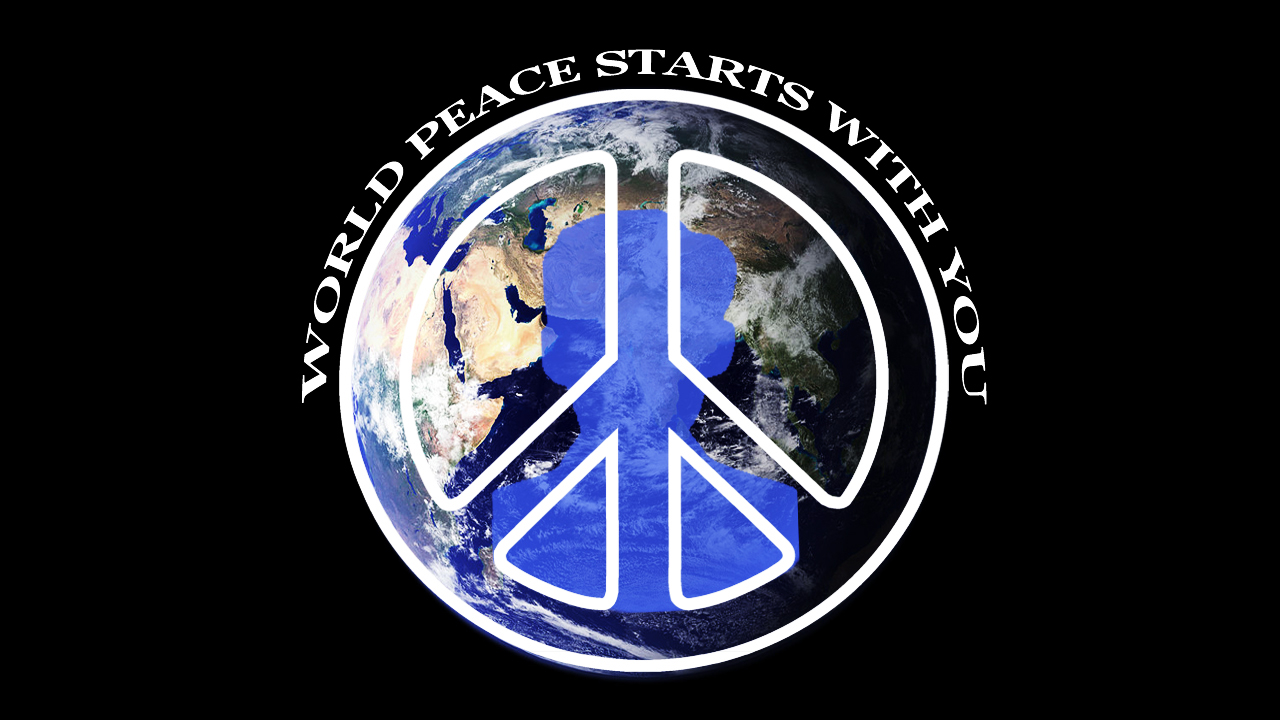
The Center For World Peace
The world is awash in armaments, everything from automatic weapons to battle tanks and heavy artillery. The flood of arms contributes
both to the escalation of violence in wars and to the dangers of crime and terrorism. It aids governments that have committed gross
human rights abuses creates international instability and perpetuates the belief that peace can be achieved by guns.
Conventional weapons refer to weapons that are not weapons of mass destruction. They include but are not limited to armored combat
vehicles, combat helicopters, combat aircraft, warships, small arms and light weapons, landmines, cluster munitions, ammunition, and
artillery. They are the principal tools used in all wars up to the present day. However, while they inflict dramatic damage, they often get
less attention compared to weapons of mass destruction.
.Nuclear peace is a theory of international relations that argues that under some circumstances nuclear weapons can induce stability and
decrease the chances of crisis escalation. Critics of nuclear peace argue that nuclear proliferation not only increases the chance of
interstate nuclear conflict but increases the chances of nuclear material falling into the hands of violent non-state groups who are free
from the threat of nuclear retaliation.
Several countries have developed plans and even hardware for warfare in outer space including ground to space and space to space
weapons to attack satellites, and space to ground weapons (including laser weapons) to attack earth installations from space. The
dangers of placing weapons in outer space are obvious, especially in the case of nuclear weapons or advanced technology weapons.
If such a space-based war were to occur the consequences would be terrifying for earth’s inhabitants as well as risking the dangers of the
Kessler Syndrome, a scenario in which the density of objects in low earth orbit is high enough that attacking some would start a cascade
of collisions generating enough space debris to render space exploration or even the use of satellites infeasible for decades, possibly
generations.
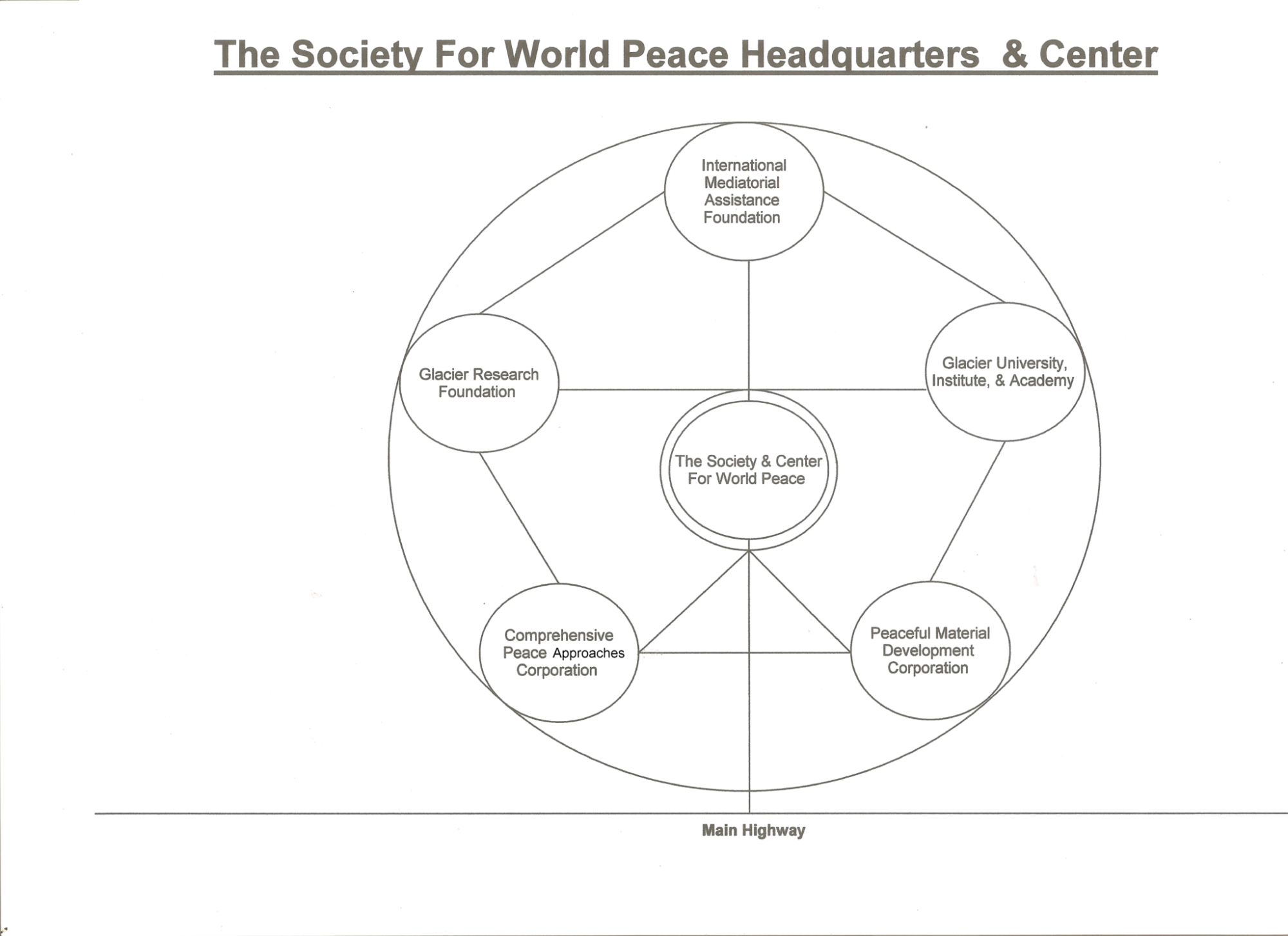
The Center For World Peace
The Society For World Peace is internet-based with a purposed global center and multiple locations around the world. It’s a global center
has five cultural centers with five areas of focus, are, (1) peace and environmental mediation, (2) research, (3) education, (4)
comprehensive approaches and operations, (5) emergency relief and material sustainability.
The Society For World Peace- the center is comprised of five vertices locations and one (1) inner location which is it’s world physical
headquarters although globally decentralized. World peace will never truly be centralized because every Geo-social
strife and calm is all over planet earth. It is, however, a laser focus model and a practical approach to help maintain constructive peace.
In the figure above the headquarters of The Society For World Peace is surrounded by five cultures of peace, they are as follows,
1) The International Mediatorial Assistance Foundation, 2) Glacier Research Foundation – which includes both a think tank and a
laboratory, 3) Glacier University; Institute; and Academy, 4) The Comprehensive Peace Approaches Corporation, and 5) The Peaceful Material
Development Corporation. The World Peace Center is designed to be a platform to assist in keeping global cultural peace and preserving
the biosphere on earth.
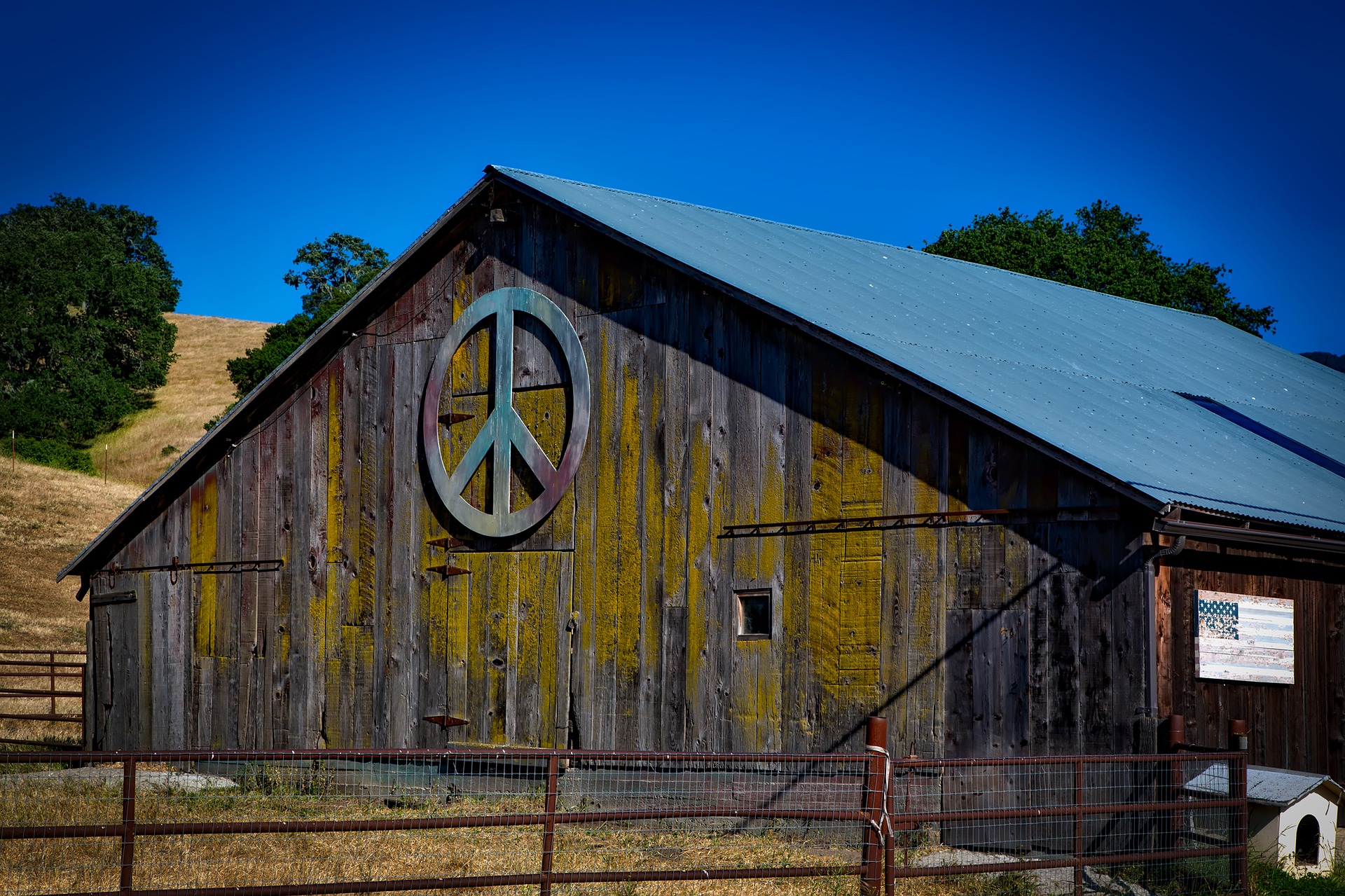
The Center For World Peace
The future of world peace lies in its creative use rather than emphasizing too much on the purity of its application which excludes the
possibility of millions of ordinary men and women from partaking in it. The burden of identifying what constitutes a peaceful act in a
particular instance should rest with the people practicing it rather than onlookers from outside. It is not right to insist as to what is right
and what is not right on the basis of norms evolved in contexts different from the one of what’s going on, on the ground in real-time.
This does not mean that a peaceful movement should divest itself of all purer elements.
We should lay emphasis on means as tantamount to the use of the method of world peace. The adversary does not often distinguish
between one peaceful action and the other on the basis of intentions that are intrinsic to the actionists. As far as many leaders are
concerned peaceful action of any kind, be it the principled kind or the strategic kind is problematic. Peaceful action is actor-centered
rather than system-centered, hence the systemic nature of many forms of oppression cannot be accommodated. Its beliefs in
universality, the consensus within society, and failure to recognize the subtleness of forms of oppression, irreducible to the dominion of
subject categories deprive it of its attractiveness to many self-conscious oppressed groups, such as the poor, and the disenfranchised.
The White Dove: Signs of Peace 3 from dczook on Vimeo
.